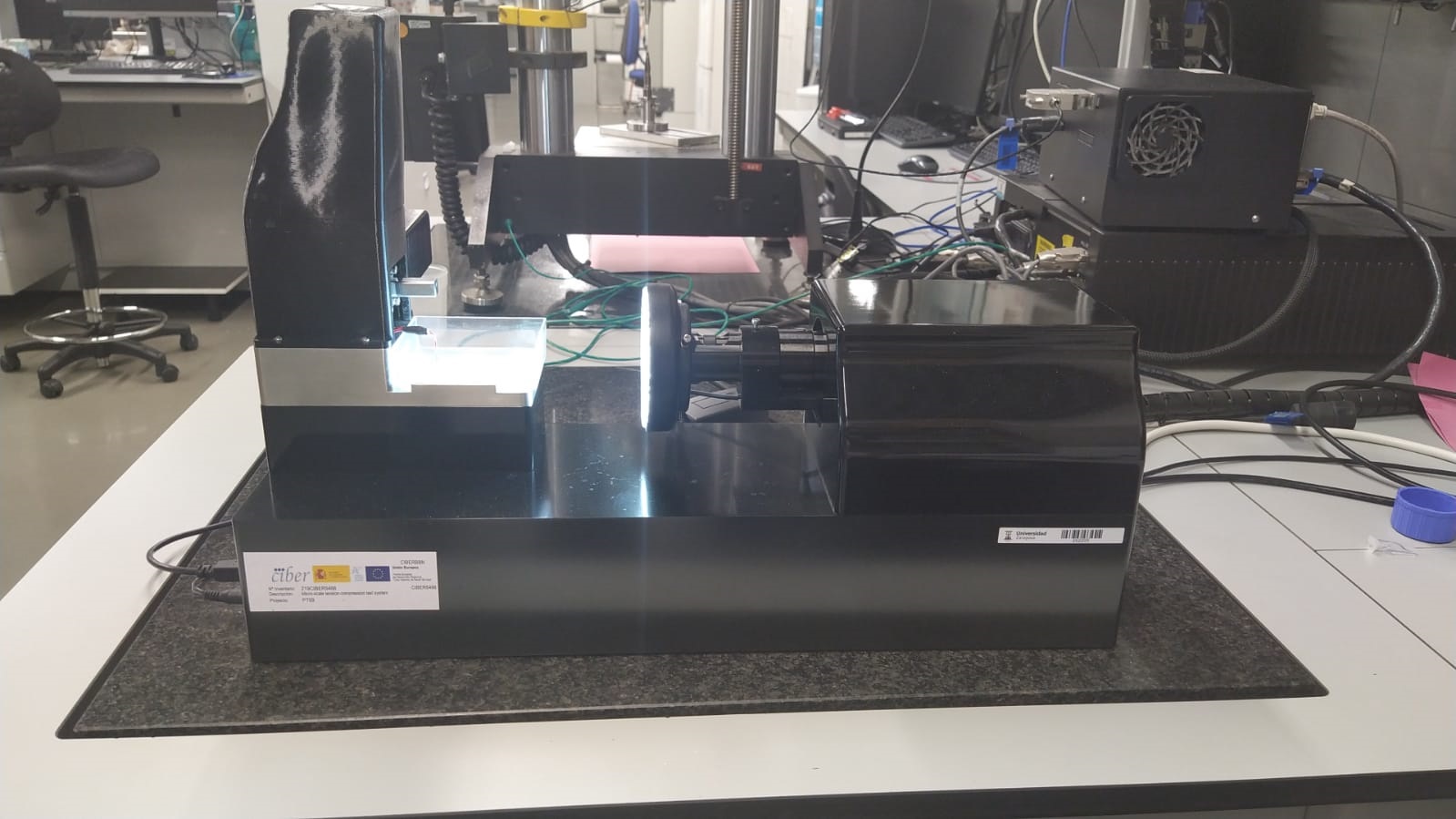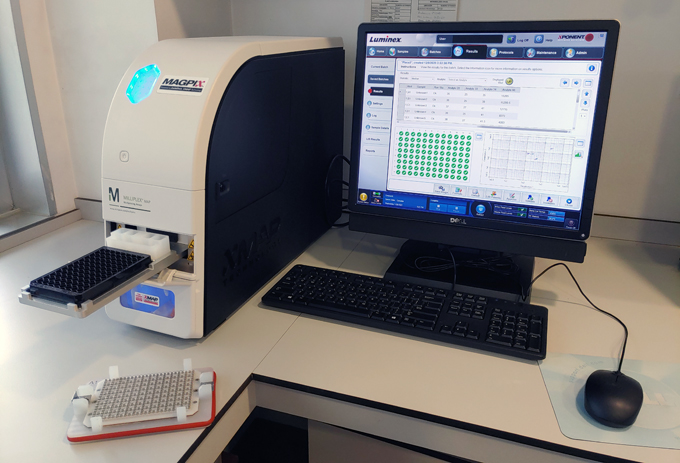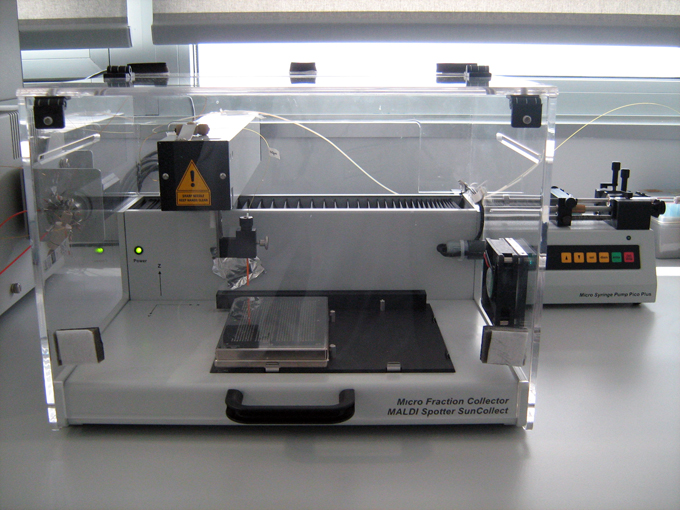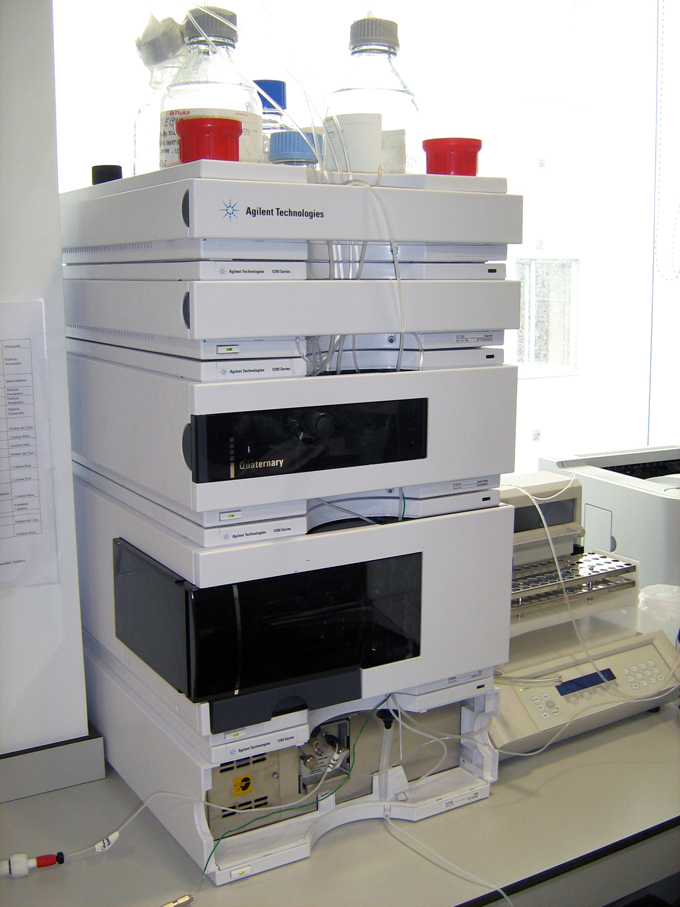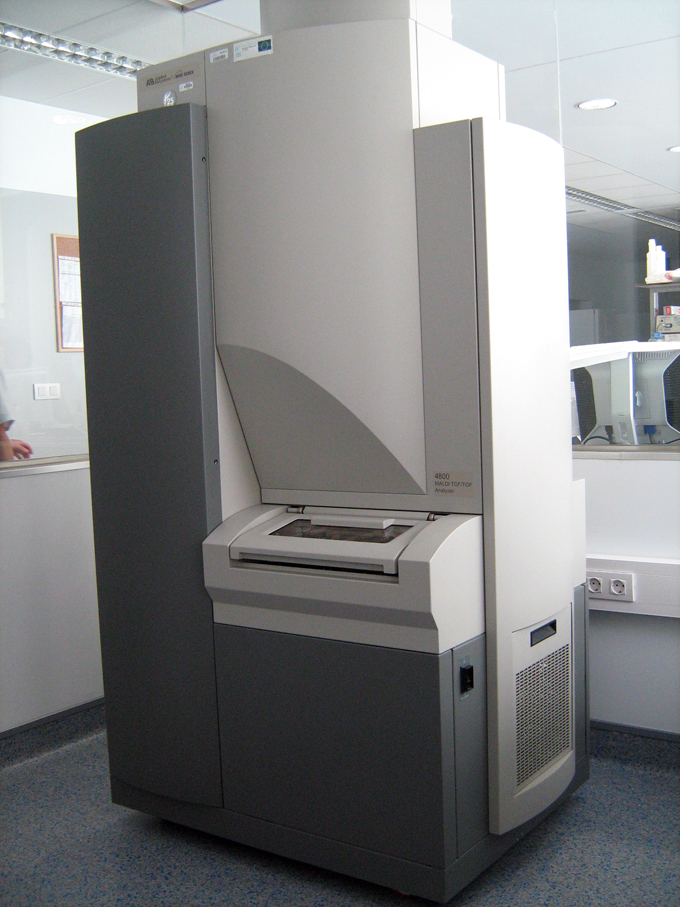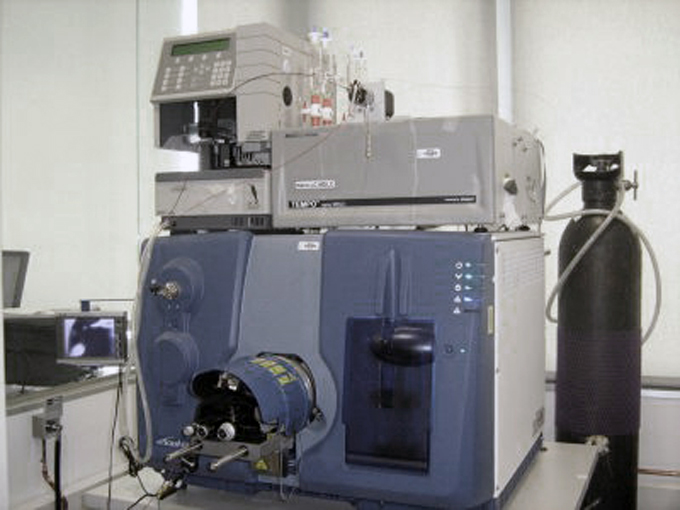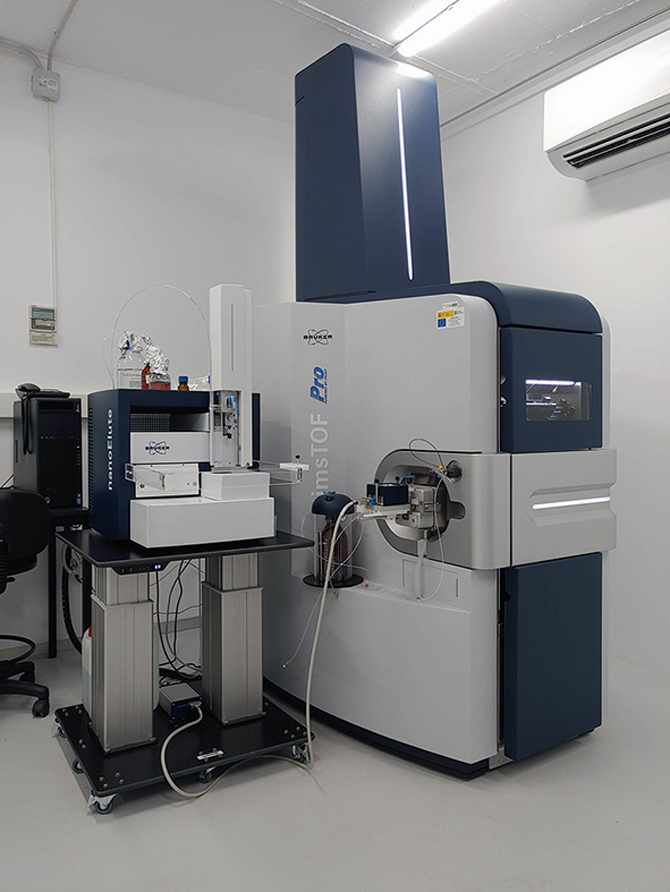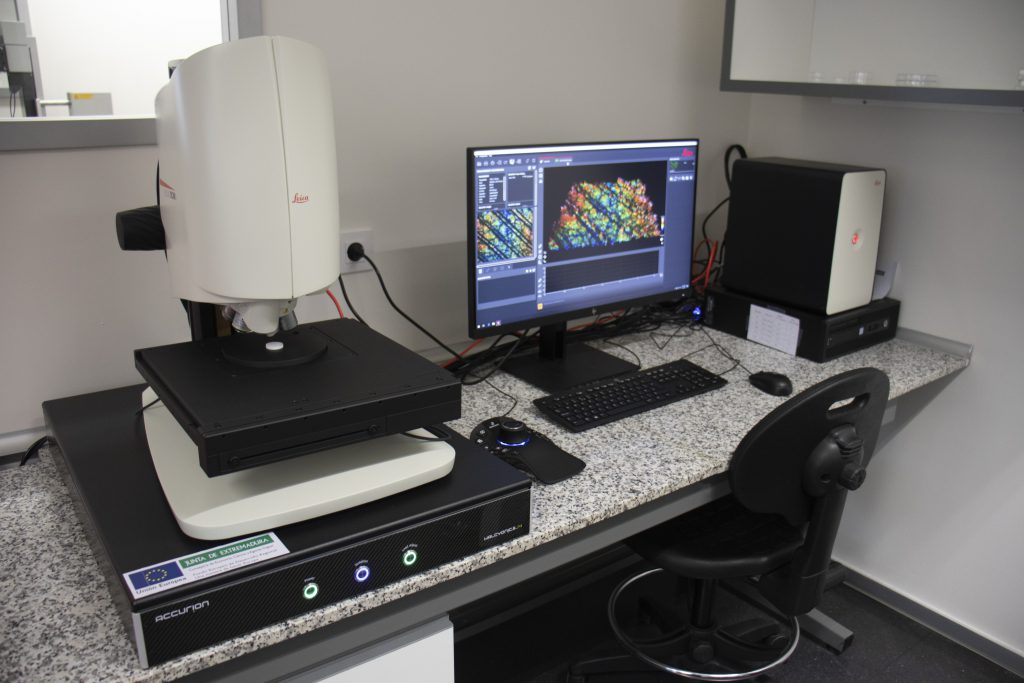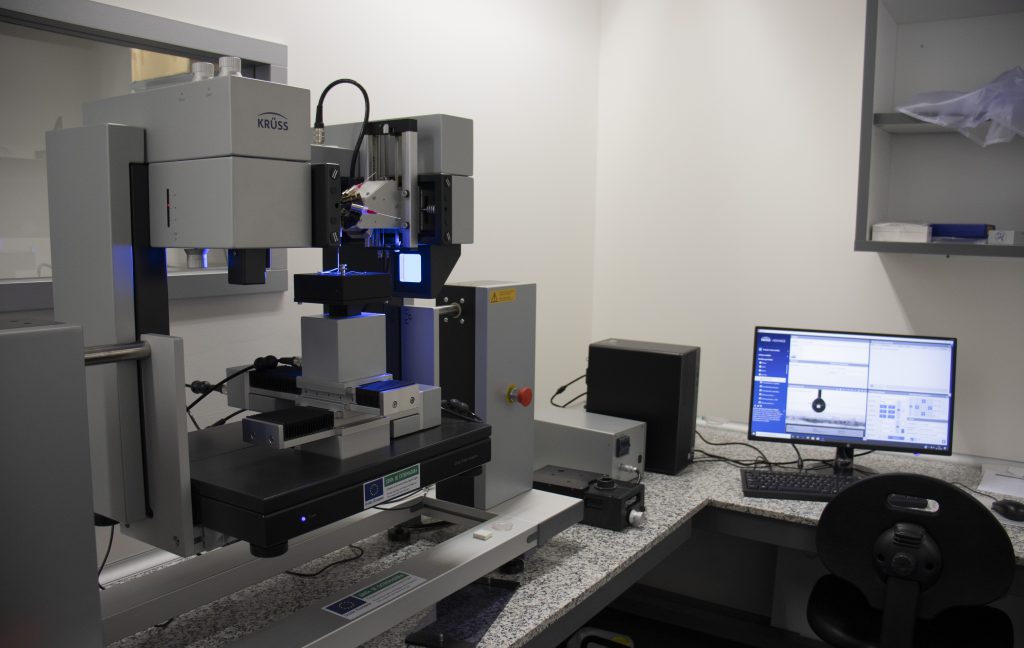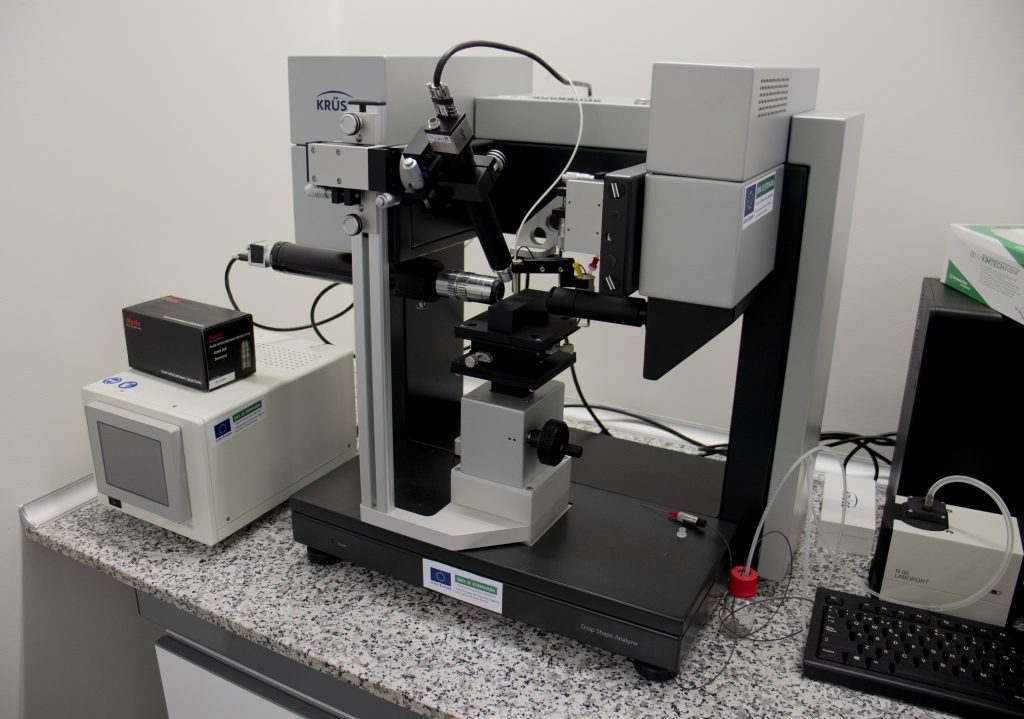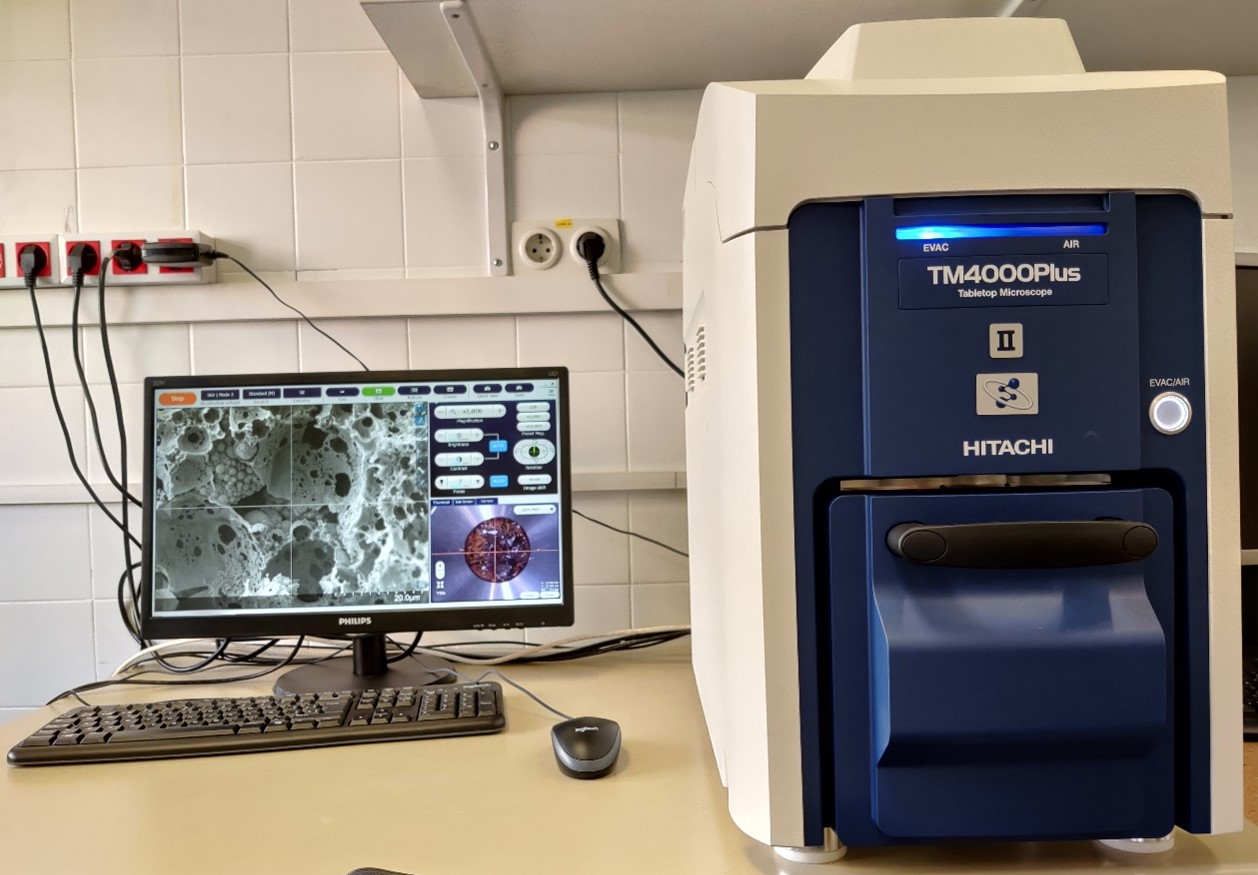U16-E07. Equipment for microbiology tests on materials. OUTSTANDING
Description: It is the set of precise elements to carry out microbiological tests with materials. Includes laminar flow adhesion chambers, Robbin devices, shaker and drip bioreactors, fluorescence microscopes, plate readers, ovens, autoclaves, etc.
Technical specifications: Allows quantifications on different types of systems. Depending on the specific conditions, it is possible to evaluate behavior in extensive solid materials or in suspension.
Applications: The services that can be provided with this equipment are:
Evaluation of the adhesion capacities and formation of biolayers of microorganisms on materials. Evaluation of bactericidal and/or bacteriostatic responses of materials.









